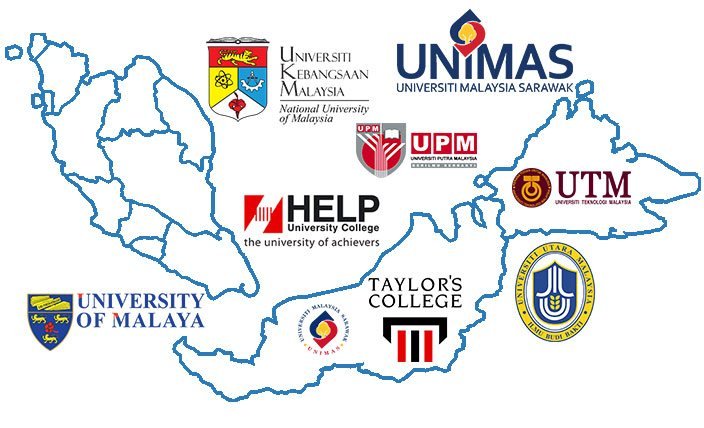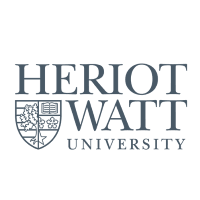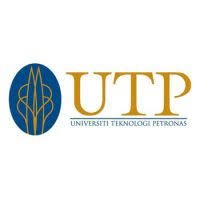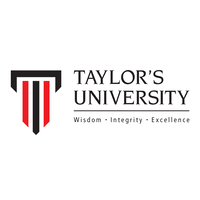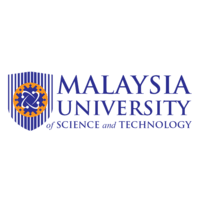Best Assignment Helper in Malaysia for Quality Writing at Cheaper Rates
Student Life Saviour is introducing itself as the provider of assignment writing services in Malaysia with its best Malaysian assignment helpers. With a dedicated team of 100+ professional assignment helpers in different subjects, we are committed to achieving excellence in providing best assistance to students in allowing them to do well in their academics.
We are Life Saviour because our assistance is a great way to students to fulfil their academic goals with ease. Our dream has always been to achieve satisfaction among students by providing them cheap assigment help in Malaysia. We have been helpful to students in a number of ways. We ensure quality writing services with focus on maximum marks to students and also make sure to remain within the reach of every student by maintaining the pricing standards affordable.
We are therefore a complete saviour to students in their academic problems. Choosing us will definitely help them in doing well over their peers.
